I'm not sure how familiar you are with networking and TCP in general, so I'll try to provide a brief description with a couple of details. From your question, it appears that you're not very familiar with networking internals, so it may be hard to understand some of these concepts, but I hope this helps:
The TCP protocol has various states. Think of it as a state machine. States on the client side include CLOSED, SYN_SENT, ESTABLISHED, FIN_WAIT_1, FIN_WAIT_2 and TIME_WAIT.
Thus, the ESTABLISHED label means that the TCP connection is in the ESTABLISHED state. Being in the established state means that both hosts successfully completed the TCP 3-way handshake (and in doing so, transitioned from SYN_SENT to ESTABLISHED). The transition from CLOSED to SYN_SENT happens when the client side sends the TCP SYN request to the server.
In an established connection, both sides transmit and receive application specific data. Basically, a session is established and a bidirectional stream of bytes flows between the two end systems.
TCP sockets are uniquely identified by the 4-tuple (source-ip, source-port, destination-ip, destination-port). The IP identifies an end system's network interface, and the port number is used to multiplex and demultiplex packet arrival at that network interface (so that the target system knows which service to deliver the packets to). That's the meaning of the IP:PORT fields.
I'm not sure why you have two entries for the same connection. This might be system-dependent, although it's odd (in my system I get only one entry per socket). But sockets are bidirectional, so it may be the case that your system shows you each packet flow direction as a distinct entry. This might also depend on how the system implements sockets.
